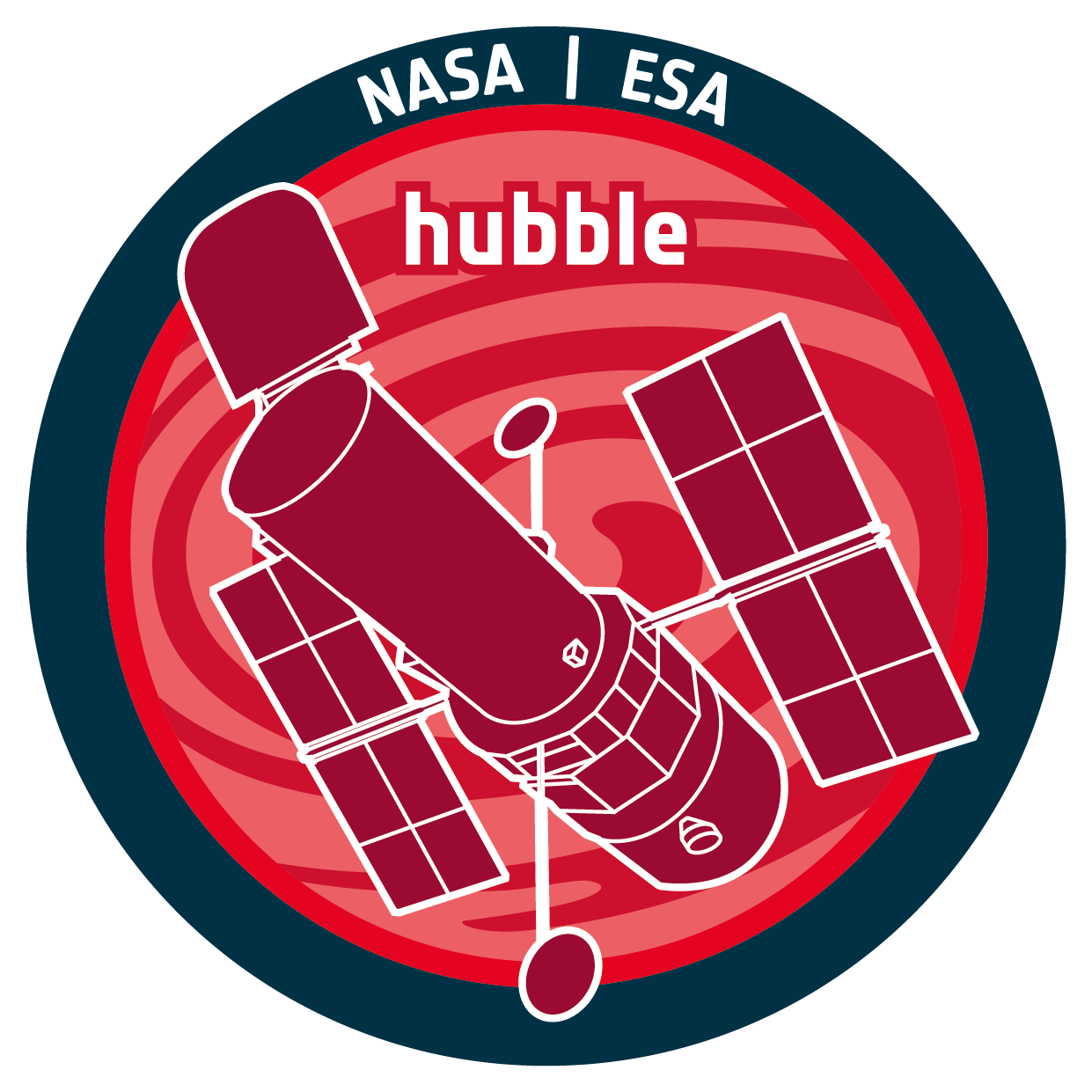Name
11142
Title
Revealing the Physical Nature of Infrared Luminous Galaxies at 0.3
URL
https://hst.esac.esa.int/ehst/#/pages/search;proposal=11142;TAPCLIENT=DOI
DOI
https://doi.org/10.5270/esa-sxuuwzn
Author
Yan, Lin
Description
This is a scientific proposal for HST mission. For specific information please visit https://archive.stsci.edu/proposal_search.php?id=11142&mission=hst
Publication
A 7 deg2 survey for galaxy-scale gravitational lenses with the HST imaging archive A Population of Bona Fide Intermediate-mass Black Holes Identified as Low-luminosity Active Galactic Nuclei Detections of CO Molecular Gas in 24 mm Bright ULIRGs at z ~ 2 in the Spitzer First Look Survey Halfway to the Peak: Spatially Resolved Star Formation and Kinematics in a z = 0.54 Dusty Galaxy with JWST/MIRI Harnessing the Hubble Space Telescope Archives: A Catalog of 21,926 Interacting Galaxies HST/NICMOS Imaging of Bright High-redshift 24 mm Selected Galaxies: Merging Properties The ~0.9 mJy Sample: A Mid-Infrared Spectroscopic Catalog of 150 Infrared-Luminous, 24 mm Selected Galaxies at 0.3 <= z <= 3.5 The impact of satellite trails on Hubble Space Telescope observations The missing light of the Hubble Ultra Deep Field
Instrument
ACS, ACS/WFC, NICMOS, NICMOS/NIC2, WFC3, WFC3/IR, WFPC2, WFPC2/PC, WFPC2/WFC
Temporal Coverage
2007-11-30T04:29:32Z/2010-07-18T22:53:34Z
Version
1.0
Mission Description
Launched in 1990, the NASA/ESA Hubble Space Telescope remains the premier UV and visible light telescope in orbit. With well over 1.6 million observations from 10 different scientific instruments, the ESA Hubble Science Archive is a treasure trove of astronomical data to be exploited.
Creator Contact
https://support.cosmos.esa.int/esdc/index.php?/Tickets/Submit
Date Published
2011-07-19T03:35:03Z
Last Update
2025-01-25
Keywords
Hubble, HST, HLA, HCV, ACS, COS, STIS, WFC3, FOC, FOS, HRS, NICMOS, WFPC, WFPC2
Publisher And Registrant
European Space Agency
Credit Guidelines
European Space Agency, Yan et al., 2011, 'Revealing the Physical Nature of Infrared Luminous Galaxies at 0.3https://doi.org/10.5270/esa-sxuuwzn Copy Example

